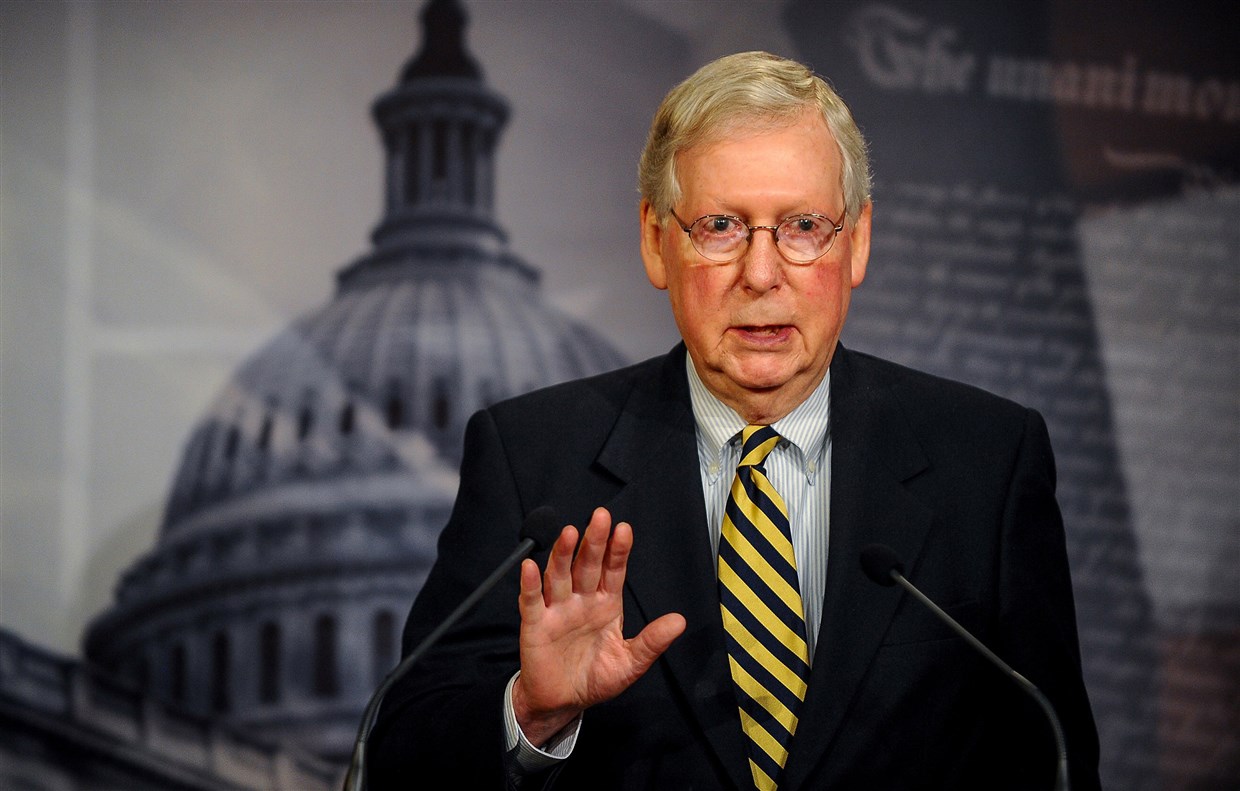With tensions over corona virus and the financial meltdown left in its wake approaching the boiling point, on April 22, 2020 Senate majority leader Mitch McConnell (R-Ky.) appeared ready to ditch the idea of bailing out strapped state governments, suggesting that the states might be better off filing bankruptcy cases instead. This in turn brought a firestorm of Democratic retorts, led especially by New York Governor Andrew Cuomo. Be that as it may, Sen. McConnell’s brainstorm raises the question of whether bankruptcy by one or more of the fifty states is even possible. The answer turns out to be “no.”
Title 11 of the United States Code, section 109, right at the beginning of the Bankruptcy Code, controls who may be a debtor in a bankruptcy case. “Only a person that resides or has a domicile, a place of business, or property in the United States, or a municipality, may be a debtor under this title.” 11 USC s. 109 (a). No room for states there.
Chapter 9 of the bankruptcy code deals with cases brought by governmental units. “An entity may be a debtor under chapter 9 of this title if and only if such entity is a municipality …” and meets four other qualification, one of which involves being permitted by state law to file for relief. 11 USC 109 (c).
The answer to the question therefore obviously depends of the definition of municipality, which is found in bankruptcy code section 101 (40): “Municipality” means political subdivision or public agency or instrumentality of a State.”
So only a subpart of a state may file a bankruptcy case according to both code sections 109 (a) or (c). If Congress is serious about seeing whole states lining up in bankruptcy court, it is going to have to tweak the code in at least a couple of places.
by Doug Beaton
Attorney Douglas J. Beaton has practiced bankruptcy law in the Northeast for twenty-six years, and is an active commentator on developments in bankruptcy practice and procedure. He can be reached through this form:
